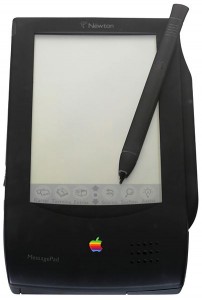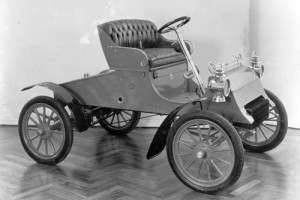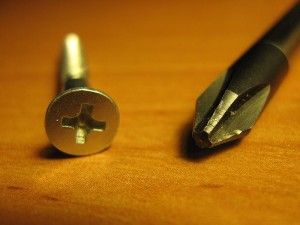Miscellaneous Technology
Diesel Engine Patented in US

The US Patent Office awards patent 608,845 to Rudolf Diesel for his diesel internal combustion engine.
Apple Introduces the Newton

Apple introduces the Newton MessagePad, one of the world’s first Personal Digital Assistants (PDA). The term PDA was first used by Apple CEO John Scully in 1992. While a commercial failure, the Newton platform set the bar for future PDA designs. But perhaps the most important advancement the Newton offered to the technology industry was the development of the ARM processor architecture. Apple partnered with and invested heavily in the fledgling architecture to power the Newton devices, acquiring 43% of Advanced RISC Machines, Ltd. in the process. The ARM architecture has been the foundation of most of the world’s mobile devices since that time, including all versions of the Apple iPhone and iPad and now the M series processors for the Macintosh. Incidentally, in 1998 Apple began selling much of their ownership interest in ARM, reportedly generating around $1 billion through 1999. This gave Apple some much needed cash to carry them through their darkest days and into their turnaround to become the world’s most valuable company.
First San Francisco Cable Car

The Clay Street Railroad begins operation, making it the first cable car in San Francisco’s now famous cable car system.
Video Killed the Radio Star; MTV Debuts
MTV, presumably standing for “Music Television”, launches on cable TV. As most people know, after the introduction sequence, the first video played was “Video Killed the Radio Star” by The Buggles. However, a bit of trivia is that the second song played was “You Better Run” by Pat Benatar. MTV had an immediate impact on the music industry and was an iconic symbol of the technology-driven 1980’s.
Sirius and XM Merger Approved
First Ford Model A Sold

Ford sells its first Model A car to Ernst Pfenning of Chicago, Illinois. This was Henry Ford’s 3rd attempt at creating a company that manufactured cars, incorporating just over a month earlier. The initial $28,000 investment was down to $300 before this first Model A was sold. However, it was the Model T that solidified Ford’s standing in automotive history.
A Whole New Way to Drive a Screw

Several US patents are issued for the Phillips-head screw and screwdriver to inventor Henry F. Phillips. Phillips founded the Phillips Screw Company to license his patents. One of the first customers was General Motors for its Cadillac assembly-lines. By 1940, 85% of U.S. screw manufacturers had a license for the design.
The First 16mm Film System Introduced

Kodak introduces the hand-cranked Cine-Kodak Model A, the first complete 16mm film system. 16mm film was developed to be an amateur alternative to 35mm film most often used by professionals. However, it found widespread use during World War II and later for television production, especially TV news. 16mm film is still in use today for certain applications.
Sony Walkman Makes Music Portable

The first Sony Walkman, the TPS-L2, goes on sale in Japan. It would go on sale in the US about a year later. By allowing owners to carry their personal music with them, the Walkman and their iconic headphones introduce a revolution in listening habits and popular culture at large.
The Transition to Transistors Begins

Originally designed to create improvements to electromechanical relays and vacuum tubes in telephone switching equipment, Bell Labs holds a press conference in New York to publicly demonstrate the first point-contact transistor. The transistor represents a significant advance in technology. As it is developed over the next few years, it will become the successor to the vacuum tube, the primary method of controlling electronic circuitry at the time. The use of transistors allows the development of the integrated circuit and microchips which kickstarted the rapid advance of electronic and computerized technology over the last 70+ years. Every industry that utilizes technology, from communications to computers to space travel to video games to media, owes a great deal to the development of the transistor.


 July 25, 2008
July 25, 2008